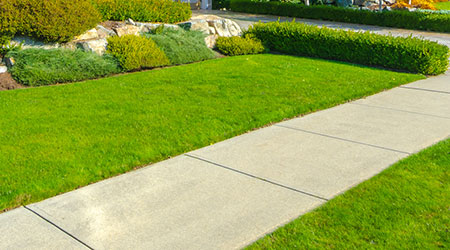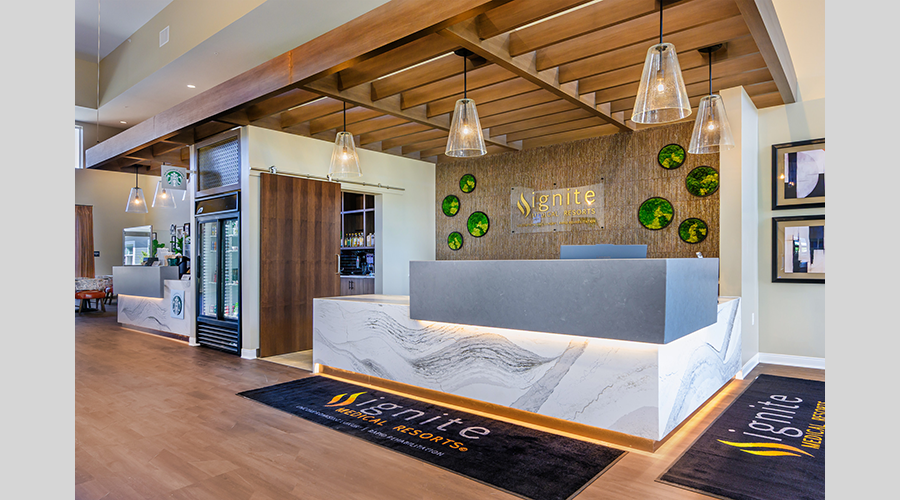Concrete sidewalks, ramps, streets and parking lots and garages often perform reliably for many years. But these hardscape components around institutional and commercial facilities can do so only if maintenance managers implement a comprehensive program for concrete surfaces that helps technicians address small problems early before they become larger and more costly, according to an article from Facility Maintenance Decisions on the FacilitiesNet website.
By developing inspection guidelines for common causes of problems, combining them with effective repairs, materials and equipment, and specifying coatings to protect surfaces, managers can extend the performance life of concrete components and minimize trip-and-fall hazards.
Regular inspection and maintenance are keys to trouble-free concrete. In addition to annual inspections, managers can schedule technicians to perform several relatively painless steps that will improve performance and reduce overall costs.
For exposed concrete surfaces, such as sidewalks and drive aprons, regular cleaning prevents the buildup of dirt and grime — materials that can create hazards for pedestrians. The frequency with which workers need to clean these surfaces depends on the site conditions. At least annually, workers should remove stains from concrete surfaces.
For concrete parking garages, workers can use a machine each week to sweep all drive and parking areas. Every six months, they should check floor drains to ensure they flow freely and clean them if necessary. At that same time, they can wash the drive and parking areas.

 AI Usage for Healthcare Facilities
AI Usage for Healthcare Facilities Ground Broken on Pelican Valley Senior Living Modernization Project
Ground Broken on Pelican Valley Senior Living Modernization Project All-Electric UCI Health – Irvine Hospital Set to Open
All-Electric UCI Health – Irvine Hospital Set to Open The Rising Strategic Value of Owner's Reps in Healthcare
The Rising Strategic Value of Owner's Reps in Healthcare Lawrence Group Designs Pair of Ignite Medical Resorts in Missouri
Lawrence Group Designs Pair of Ignite Medical Resorts in Missouri